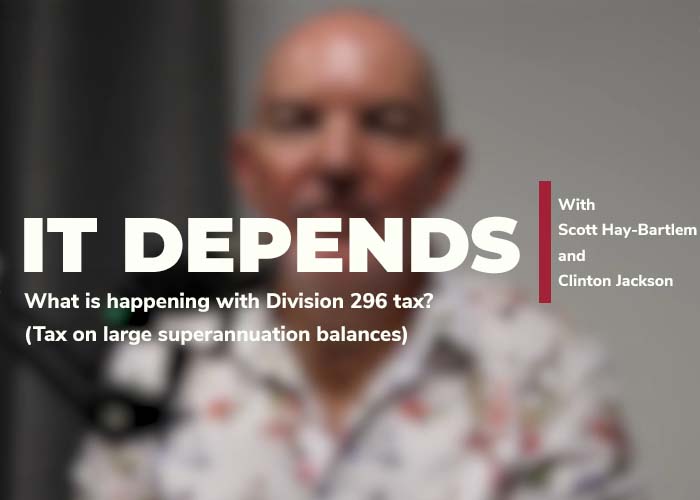An Australian tax resident who receives a distribution of capital from a foreign trust must include the amount of the capital distribution in their assessable income. This is subject to the exclusions in section 99B of the Income Tax Assessment Act 1936.
Section 99B is an unusual, and often harsh, provision because it taxes capital, not income. However, it will not tax trust capital in certain circumstances. As the recent AAT decision in Campbell v Commissioner of Taxation highlights, the taxpayer must be able to provide evidence to prove that an exclusion applies.
Distributions of trust capital that would not have been assessable income
Section 99B(2) sets out certain amounts that are excluded from being taxed. The first exclusion is for:
(a) corpus of the trust estate (except to the extent to which it is attributable to amounts derived by the trust estate that, if they had been derived by a taxpayer being a resident, would have been included in the assessable income of that taxpayer of a year of income);
Corpus means capital. The test is a hypothetical one: if the trustee of the foreign trust was an Australian resident taxpayer, would the amounts it received have been included in its assessable income?
The trust’s original settlement sum would not be assessable income of an Australian resident taxpayer. It therefore falls within the exclusion of section 99B(2)(a). Take, for example, an Australian resident who received a capital sum from a trust established by her late grandfather in the United States. He settled $800,000 on the trust in 2002. The Australian resident beneficiary became entitled to her share of the trust’s capital on 30 June 2016. If she can establish that her share of capital was part of the $800,000 that was originally settled, the exclusion in section 99B(2)(a) would apply.
The same would apply to subsequent gifts received by the trust.
The taxpayer has the burden of proof
Under the tax legislation, the taxpayer must prove an assessment, or amended assessment, is excessive. The taxpayer must also prove the correct amount of the assessment or amended assessment.
In Campbell v Commissioner of Taxation, the Australian resident beneficiary was assessed on amounts of capital she received from a New Zealand trust.
Her accountant argued before the AAT that there was an original corpus amount of $3 million, which should have been protected from tax by the exclusion in section 99B(2)(a).
However, the taxpayer’s New Zealand accountants had originally provided financial statements showing all of the trust capital was accumulated income – which meant that any capital distributions to her would be subject to tax under section 99B. The New Zealand accountants provided revised financial statements, showing an increased amount of original corpus and reduced amount of accumulated income, which the AAT was not prepared to accept.
There were no witness statements lodged and no witnesses called, and therefore no reliable evidence that could allow the AAT to conclude that any of the amounts the Australian resident beneficiary received could be traced back to amounts that would have been excluded because of section 99B(2)(a).
Gathering the right evidence now
Practically, the most important part of managing section 99B issues is to gather the relevant evidence now.
We often see that:
- financial statements for the foreign trust are not kept to the level of detail necessary to help Australian resident beneficiaries deal with their section 99B problems
- no source documents are kept for the amounts originally received by the trust.
In these circumstances, it is necessary to:
- gather evidence from individuals with knowledge of how the trust was established, funded and operated
- gather whatever supporting documents are available that may corroborate the individuals’ evidence.
In many cases, we see distributions of capital from a foreign trust being made at the same time as the distribution of a deceased estate. This is because the deceased has used a trust to hold some or most of their assets. If the deceased has the knowledge of the trust’s history, it is important to have that recorded while they are alive and have capacity.
Australian resident beneficiaries who think they may receive a distribution of capital from a foreign trust should gather the relevant evidence about the trust now.




